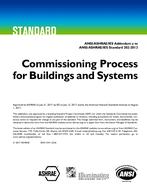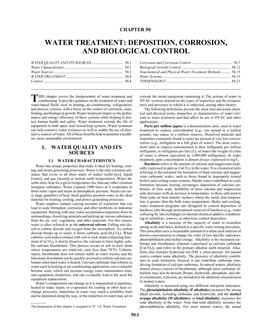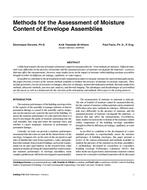Planned increases in train frequency and the use of air conditioned rolling stock on the London Underground Sub- Surface lines will increase the energy dissipated in the tunnels and an assessment has been made of the potential impacts of this on tunnel temperatures. The Cooling the Tube Programme in London has been established to help manage thermal conditions on the network. An important early step is to identify the hot spots in the existing system, and predict the future environment in light of changes to train operations and expected passenger numbers. Aero-thermodynamic modelling of the individual lines was considered to be essential in this process.
This paper discusses the tunnel ventilation modelling of the southern portion of the sub-surface lines (District and Circle) during normal train operations. The line has several natural ventilation openings of various sizes and orientations. The modelling is particularly challenging due to the bi-directional nature of the tunnels. Important considerations when building datasets, modelling sensitivities, collecting and interpreting temperature data, the effect of ground water migration, validation approaches and the performance of the model is presented.
Units: Dual
Citation: ASHRAE Transactions, Vol. 116, pt. 1, Orlando 2010
Product Details
- Published:
- 2010
- Number of Pages:
- 8
- File Size:
- 1 file , 1.8 MB
- Product Code(s):
- D-OR-10-002


